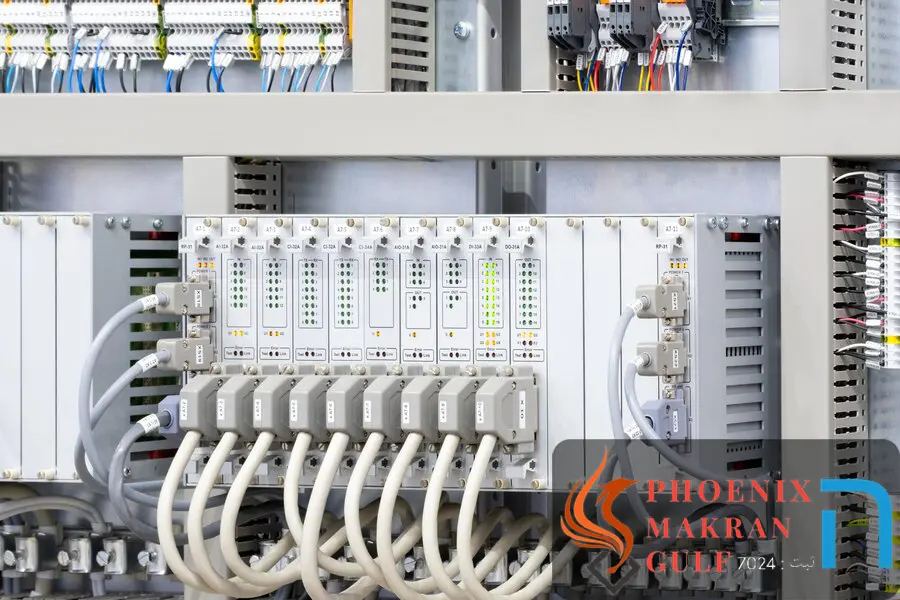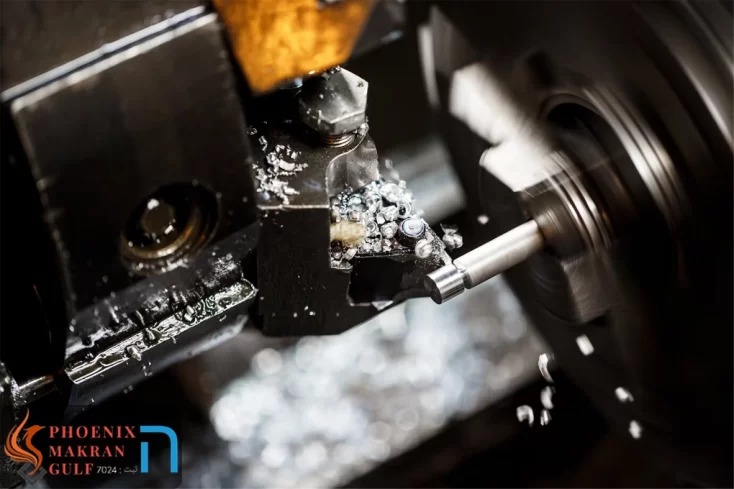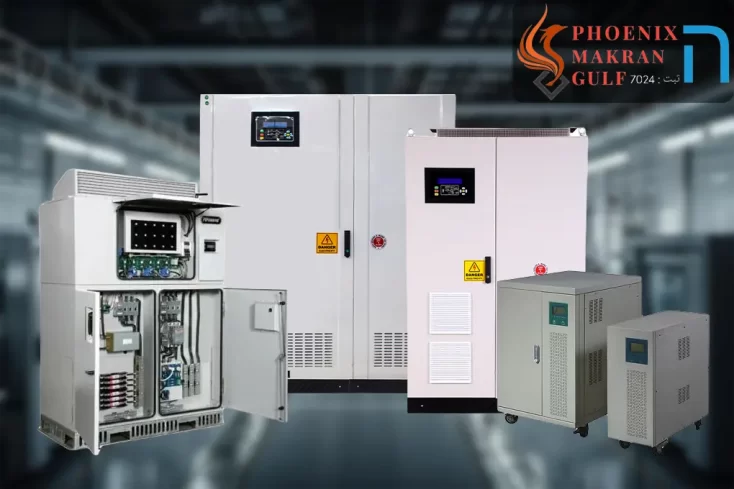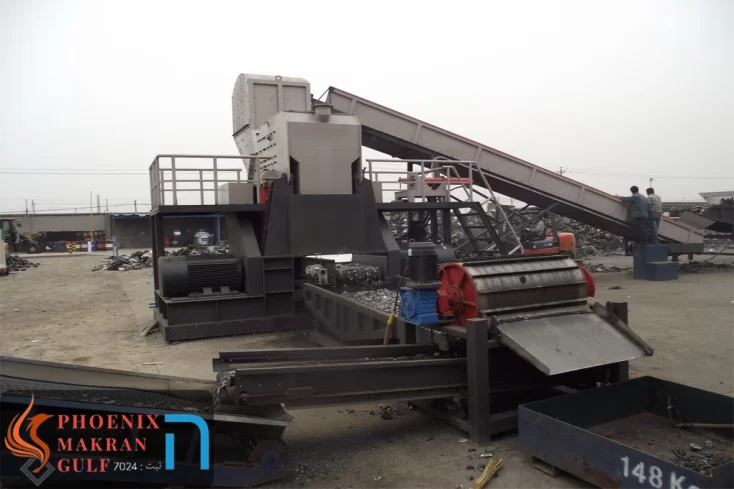Definition of PLC along with applications in industry and its types
PLC stands for Programmable logic controller and means programmable logic controller. A PLC device, through its input terminals, receives information in binary form and processes them according to the programming stored in its memory, and finally sends the result of the operation in the form of commands to the receivers and executors of the command through its output terminals.
In other words, a programmable logic controller (PLC) is an industrial digital computer used to control production processes; Such as assembly lines or robotic devices or any activity that requires high reliability and easy detection of programming and process errors.
Before the advent of PLC devices, their functions were performed by relay command circuits. In relay systems, the volume and complexity of the command circuit increases with the increase in the number of relays, and ultimately, this will lead to an increase in the cost of these systems. In addition, in case of problems in relay systems or the need to change the control logic in these systems, a lot of time will be required.
The most important goal of building PLC devices was to remove the complexities of command and relay circuits, but with the progress and upgrading of the technology level, over time, unique capabilities were added to PLC, which include all kinds of networks; analog signals; It mentions complex calculations and high speed inputs.
Today, with the development and expansion of PLC devices, relay systems are no longer used in industrial environments.
The concept of PLC programmable controllers
In automation systems, the main task of control is the responsibility of the PLC, which by receiving information through the input terminals, senses the state of the machine and provides a suitable response for the machine. The possibility of defining different modes for the input/output terminals of a PLC makes it possible to connect the PLC directly to other elements.
In addition, the PLC includes a central processing unit (CPU), which executes the desired control program. This controller is so powerful that it can control thousands of O/I in different analog or digital modes as well as thousands of timers/counters. This has made it possible to control any system, from the control system of machines with several O/I that perform simple tasks such as repeating a small work cycle to very complex positioning and positioning systems. This system can control and use up to hundreds of timers at the same time without the need for wiring and peripheral parts and only by writing a few lines of program.
Scan Time response time
This time depends on the CPU processing speed of the selected PLC model and the length of the user program. It is from one microsecond to ten milliseconds. For example, when the O/I is far from the main system, because we have to transfer signals to a distant system, as a result, the scanning time increases. Also, monitoring the control program often adds to the scan time because the controller CPU has to send the status of contacts, relays, timers, etc. to the CRT or any other display device.
Input parts
The automation system’s intelligence is more related to the PLC’s ability to read the signals sent from all types of inputs, manual, automatic and automatic sensors. Input parts such as start/stop buttons, switches, microswitches, photoelectric sensors, proximity, sensor level, thermocouple, PT100 and PLC… these sensors are used to perform operations such as part detection on the conveyor belt carrying parts, color detection, liquid level detection inside the tank, knowledge It uses the mechanics of object movement and positioning, pressure testing of tanks, and much more.
The input signals are either digital or analog, in any case, PLC inputs can be set and used in different modes.
Output parts
As you know, an automated system will not be complete without the ability to connect to output parts such as coil, motor, inverter, electric valve, heater, etc. The output parts show the way the system works and are directly affected by the execution of the system control program. In the PLC outputs, there are also different modes for applying signals to the output elements.
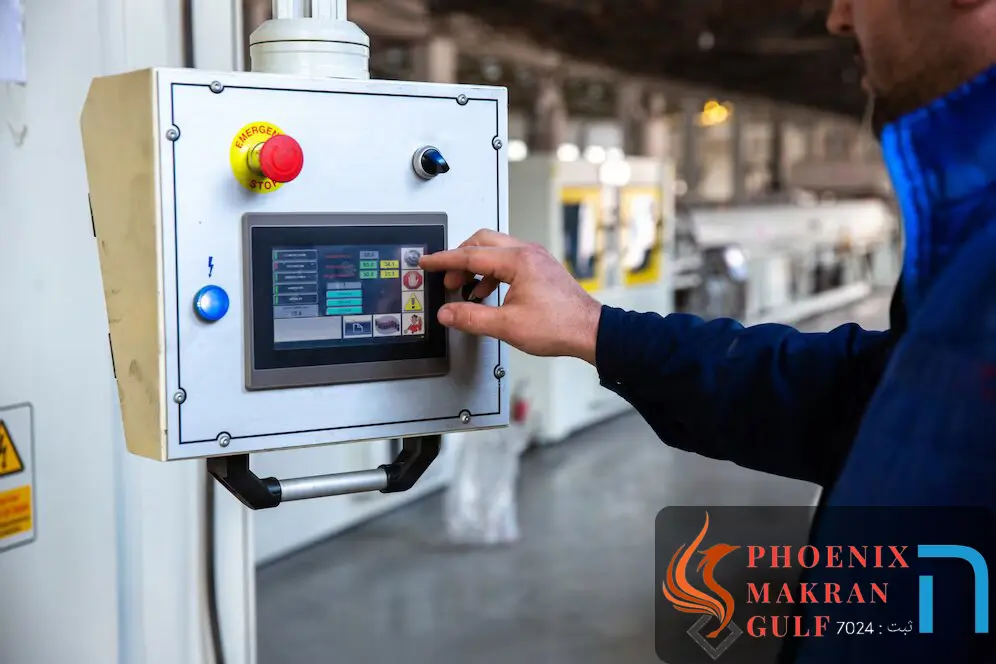
The role of programmable controllers (PLC) in industrial automation
In an automation system, PLC acts as the heart of the control system. When executing a control program stored in its memory, the PLC always checks the system status. It does this by getting feedback from input components and sensors. Then it transfers this information to its control program and makes decisions about the way the machine works and finally sends the necessary commands to the relevant parts and devices.
See also: computer numerical control device or cnc
Comparison of conventional control panels with PLC-based control panels
Today, normal control panels (relay) are used much less. Because they have many disadvantages. Since these types of panels are controlled by electromechanical relays, they gain more weight, the wiring of the panel requires a lot of work and makes the system very complicated. As a result, it is very laborious to diagnose and fix the problem, and to make the necessary changes every year or to update the system, the car must be stopped for a long time, which is not cost-effective. In addition, the consumption power of these panels is very high. With the emergence of PLC, the concept of control and design of control systems has improved significantly, and the use of these controllers has many advantages. We have mentioned some of these below. By studying it, you can understand the difference between PLC and other control systems.
Distinguishing PLC from other control systems
- The wiring of new systems is reduced up to 80% compared to relay control systems.
- Since the PLC consumes very little power, the power consumption will be greatly reduced.
- PLC system’s built-in troubleshooting functions make system diagnosis and troubleshooting very fast and convenient.
- Unlike the old systems, in the new control systems, if we need to change the way of control or the sequence of its steps, we can do it without changing the wiring and just by writing a few lines of the program. As a result, very little time and money will be spent on doing this.
- Compared to old panels, in PLC-based systems, the need for auxiliary parts such as relays, counters, timers, D/A and A/D converters, etc. is much less. This has caused the wiring, complexity and weight of the boards to be significantly reduced in the new systems.
- Since the speed of operation and response of PLC is about microseconds and finally milliseconds, therefore, the time required to perform each work cycle of the machine is significantly reduced and this increases the production rate and increases the efficiency of the device.
- The reliability factor and degree of protection of these systems are much higher than relay machines.
- When the control functions are more complex and the number of O/I’s is very large, it will be much cheaper and easier to replace the PLC.
Applications of PLC in industry
1- Automotive industries: used for drilling parts; connecting parts; testing parts and equipment; paint spraying systems; Car body shaping using automatic presses
2- Plastics industries: use in plastic production and analysis systems; melting and injection molding machines; His tail is
3- Heavy industries: used in automatic temperature control systems; industrial furnaces; Tools and equipment used in metal melting, such as two shaft shredders
4- Chemical industries: use in devices combining materials with different proportions; Mixing systems
5- Food industry: use in extraction and packaging systems
6- Machine industries: used in wood industries; drilling systems; Packaging Industry; alarm and warning systems; Systems used in metal melting
7- Transportation industries: use in transportation equipment; cranes; Conveyor systems
8- Energy conversion industries: used in power generation stations; control of water pumps; Industrial water and air purification systems; gas pressure boosting stations; Gas purification and recycling systems
9- Construction services: used in automatic lighting systems; lifting technology; Air control and air conditioning
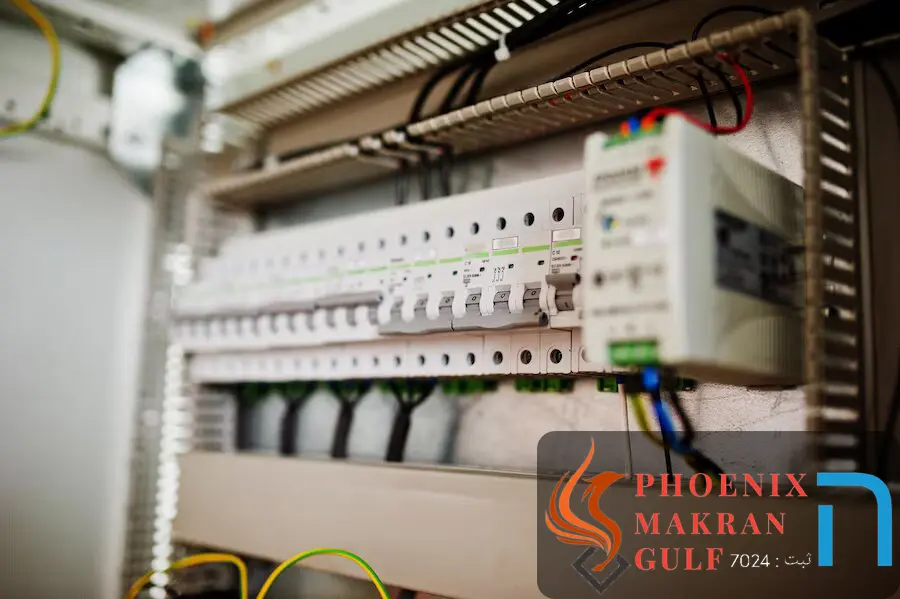
How to choose a suitable PLC?
To choose a suitable PLC device in a project, the following should be considered:
- The accuracy and speed of the project by this device
- The number of inputs and outputs of the device
- Device load type (output current and voltage)
- Device power type
- In processes where the number of inputs and outputs (O/I) is limited and there is no need for long and complex programming, PLC Mini controllers can be used.
- The simplest type of this type of device is the logo, which can be used to get familiar with and start working with the PLC device. This hardware controller can be used well in industrial applications with low and simple workload.
Basically, each PLC manufacturing company manufactures four different models of PLC devices, and these four models will be known by the unique and special names of the manufacturing company. These 4 general models of PLC devices are:
- Mini PLCs (PLC mini)
- One-piece PLCs (PLC Compact)
- Expandable PLCs (PLC Modular)
- Rack PLCs (PLC Rack)
Types of PLC in terms of appearance:
- integrated
- Modulator
Types of PLC programming methods
PLC programming is done in various ways.
In the past, there were many different ways to learn PLC programming language. But today, by using the IEC standard, these various methods have become more focused and specific, and now, learning and choosing the right programming language to start or learn PLC has become much easier.
See also: Converting tires to diesel – a profitable business
LAD ladder programming
Due to the fact that before the advent of PLCs, all logical command control maps were prepared and designed in the form of a ladder or similar, therefore, the creators chose this method as one of the possible programming methods. In this method, for convenience, the elements of the ladder with a special and complex function or action are displayed with a box. These commands are performed from left to right and from top to bottom. It can be said that this language is designed based on the maps of the command circuit.
CSF flowchart programming or FBD function box display
In this programming method, the codes are written in blocks. Each block represents an operator. Function box display programs include a series of connected boxes. This method usually does not have a special application on its own, and most of the time, it is used for troubleshooting or knowing the control logic of the system. This language is designed based on electronic and digital circuits.
STL sentence list programming
In this programming method, each logical operation is written by a suitable sentence or phrase. The important point in this method is that each PLC device has a special command code. These commands depend on the type of CPU of the device. This language is similar to computer programming language. STL programming language is written like BASIC or assembly language. Due to the low graphic requirements of this language compared to the previous two methods, the type and number of commands that can be understood and executed in this method are more than the above methods. LAD or FBD programs, in most cases, can be converted to STL. But in the photo direction, this issue is not always possible. Converting tires to diesel – a profitable business
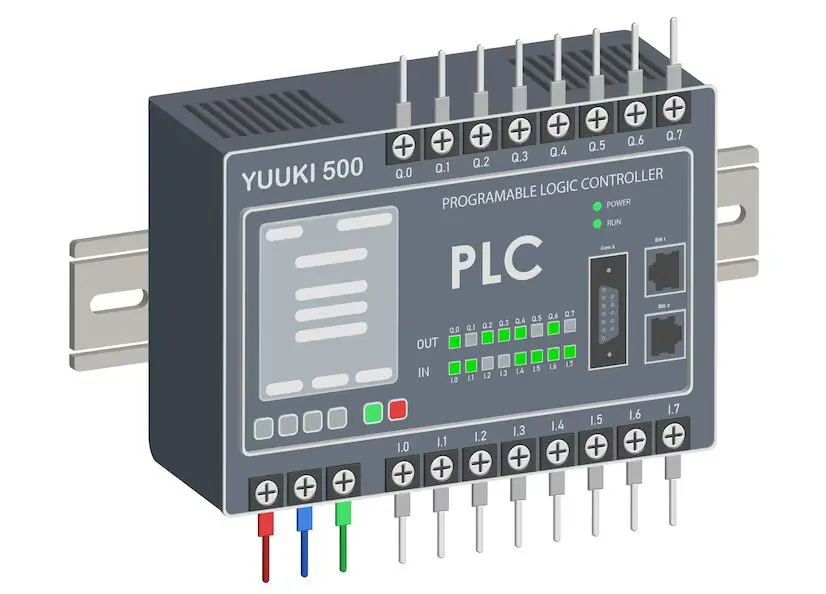
Conclusion
The current century has been called the information century. Information technology is one of the disciplines that was invented to scientifically examine how to collect, process and distribute information. One of the important branches in information technology is information security. A network has been the foundation of an industrial control system for decades.
In the past, the security of industrial control networks was based on the isolation of industrial control networks. Today, with the expansion of industrial control networks and their connection to the Internet, their security has become a very important issue. The use of PLC has greatly reduced the wiring of new systems compared to relay control systems.
PLC is used instead of relay systems including: easy installation and programming, short response time, high control speed, ability to network the set, simple testing and troubleshooting, and high reliability of these systems. This type of technology consumes very little power, so the power consumption will be greatly reduced. In systems that use PLC, the need for auxiliary parts such as relays, counters, timers, D/A and A/D converters has decreased. This has caused the wiring, complexity and weight of the boards to be significantly reduced in the new systems.
our services
Phoenix Makran Gulf Company is a manufacturer of various types of industrial and recycling machines, for more information and order, please refer to the link below.

